By: Suraj Karowa

In 2025, a wave of youth-led protests, dubbed “Gen-Z protests,” is sweeping across the globe, echoing the civil unrest of past pivotal years like 2011 and 2019. From Nepal to Morocco to Madagascar, young people are taking to the streets, fueled by frustration over government corruption, inequality, and inadequate public services. These movements, organized largely through social media platforms like TikTok, Instagram, and Discord, highlight the power of digital tools in amplifying dissent and uniting disparate voices. Experts suggest 2025 could mark a new era of protest culture, driven by a generation that has grown up entirely in the internet age.
In Morocco, protests under the banner “GenZ 212” demand better education and healthcare, escalating into riots after security forces clashed with demonstrators, resulting in two deaths. The unrest, sparked by the country’s hefty investments in hosting the 2030 FIFA World Cup amid neglected public services, has prompted Prime Minister Aziz Akhannouch to open dialogue. In Madagascar, youth-led protests under “Gen Z Madagascar” focus on chronic water and electricity shortages, with President Andry Rajoelina disbanding the government to quell public anger, though he ignored calls for his resignation. In Nepal, outrage over a short-lived social media ban and allegations of entrenched corruption and nepotism led to violent protests, with 61 deaths reported after police opened fire. The unrest forced Prime Minister K.P. Sharma Oli to resign.
Other countries, including the Philippines, Indonesia, Serbia, Kenya, Paraguay, and Peru, are witnessing similar youth-driven movements. In Serbia, protests mark the anniversary of a train station disaster symbolizing systemic corruption, while in Peru, demonstrators rally against government inefficiencies. These protests share common grievances: poor governance, limited opportunities, and stark inequality. Michelle Chen, a communications professor at Brock University, notes that Gen Z is coming of age in a world of political instability, polarization, and a weak job market, making their future feel bleak. This shared sense of frustration is amplified by social media, which allows young people to see their struggles as collective and protest as a viable response.

Shana MacDonald, O’Donovan Chair in Communication at the University of Waterloo, emphasizes the role of digital platforms in this new protest culture. Unlike earlier movements like Occupy Wall Street or the Arab Spring, which also leveraged online tools, these protests are Gen Z’s first major foray into using their native digital language for activism. Social media’s ability to rapidly spread images of large crowds and unify voices across borders has been pivotal. For instance, Morocco’s protests gained momentum through viral content on TikTok and Discord, while Madagascar’s movement coalesced online before spilling into the streets.
While youth-led protests are not new—Tiananmen Square, the Umbrella Revolution, and others were driven by young people—digital technologies have accelerated mobilization. Chen explains that social media makes organizing faster and helps young people perceive their struggles as part of a global narrative. This interconnectedness fuels the spread of protests, as seen in the rapid escalation from one country to another. MacDonald predicts that this could be just the beginning, with potential for similar movements in the U.S. and beyond, drawing inspiration from historical uprisings like the Arab Spring.
The protests’ intensity varies. In Nepal, violence erupted as protesters torched government buildings, while Morocco’s demonstrations turned deadly after clashes with security forces. In contrast, Serbia’s protests have been more symbolic, with marchers using smartphone flashlights to highlight corruption. Despite differing tactics, the underlying sentiment is universal: a demand for accountability and systemic change. The animated pirate flag, a recurring symbol in these protests, underscores their global resonance, representing rebellion against authority.
As 2025 unfolds, experts like MacDonald believe it could be remembered as “the year of the protest.” The combination of Gen Z’s digital fluency and their frustration with systemic failures suggests these movements may grow. With social media continuing to amplify their voices, young protesters are not only challenging local governments but also reshaping global activism, proving that their generation’s discontent is a force to be reckoned with.
Discover more from AMERICA NEWS WORLD
Subscribe to get the latest posts sent to your email.
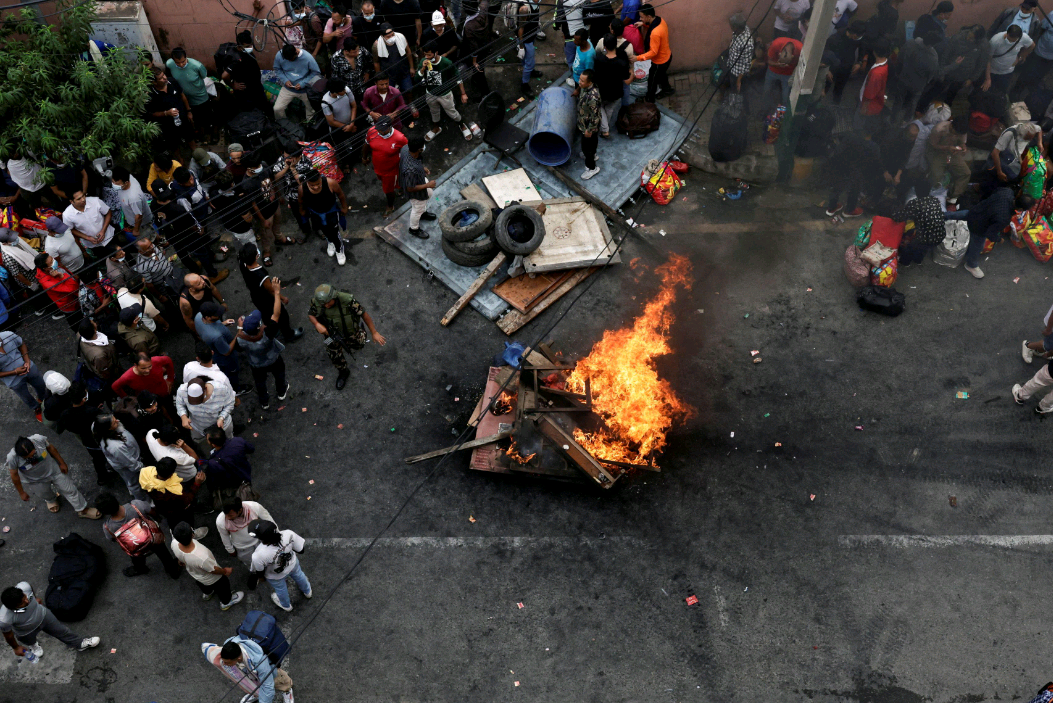
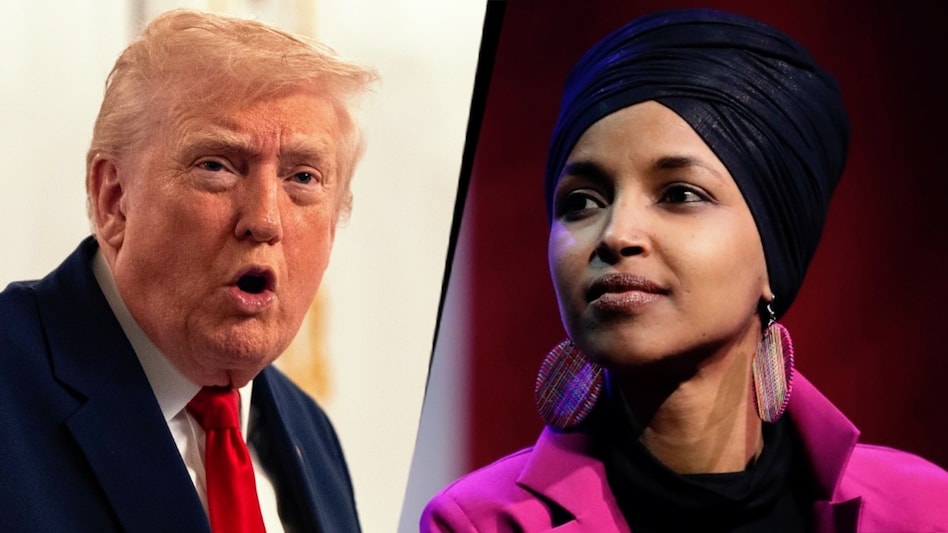

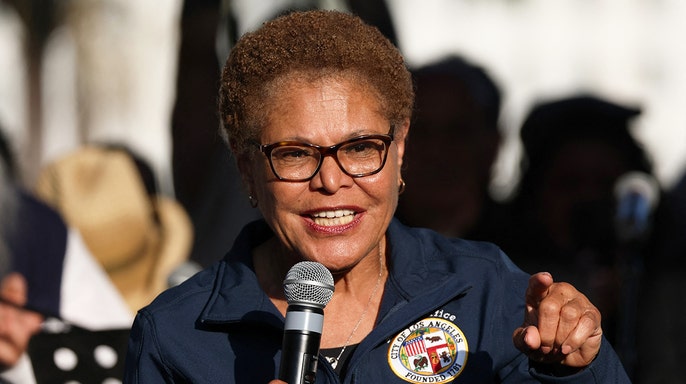





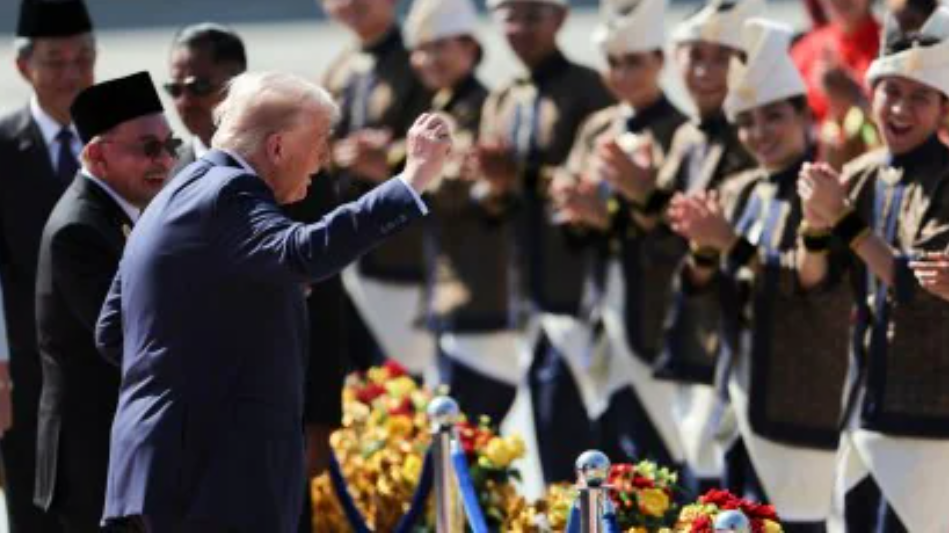

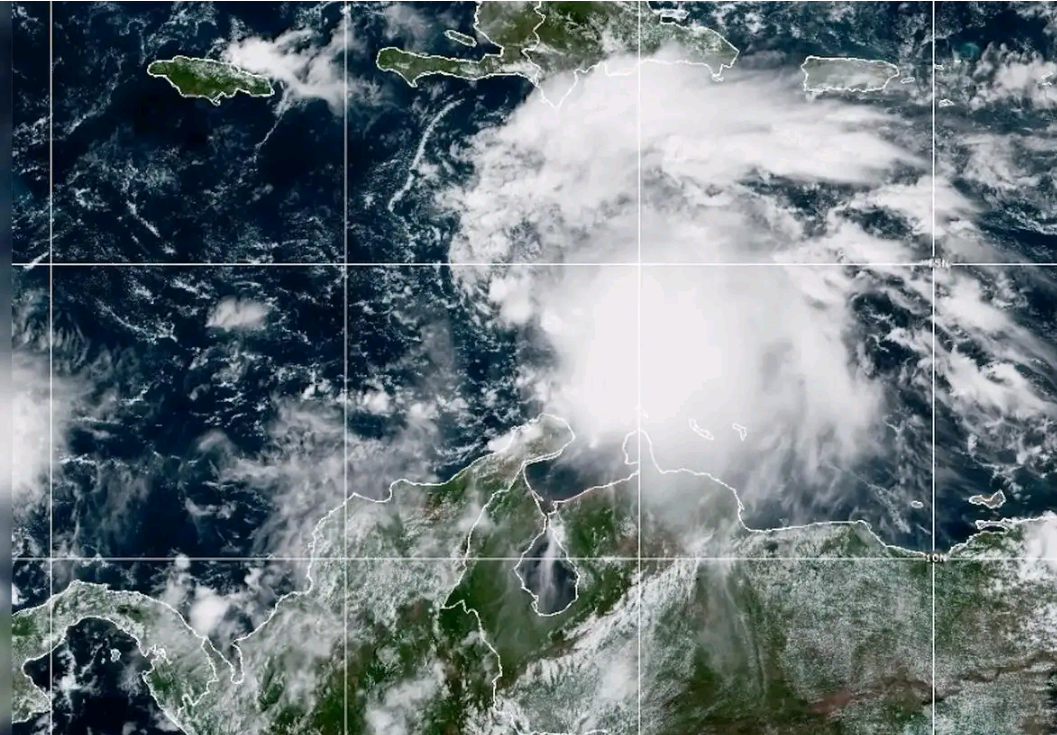


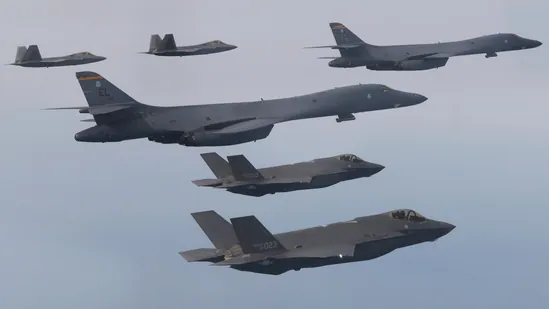

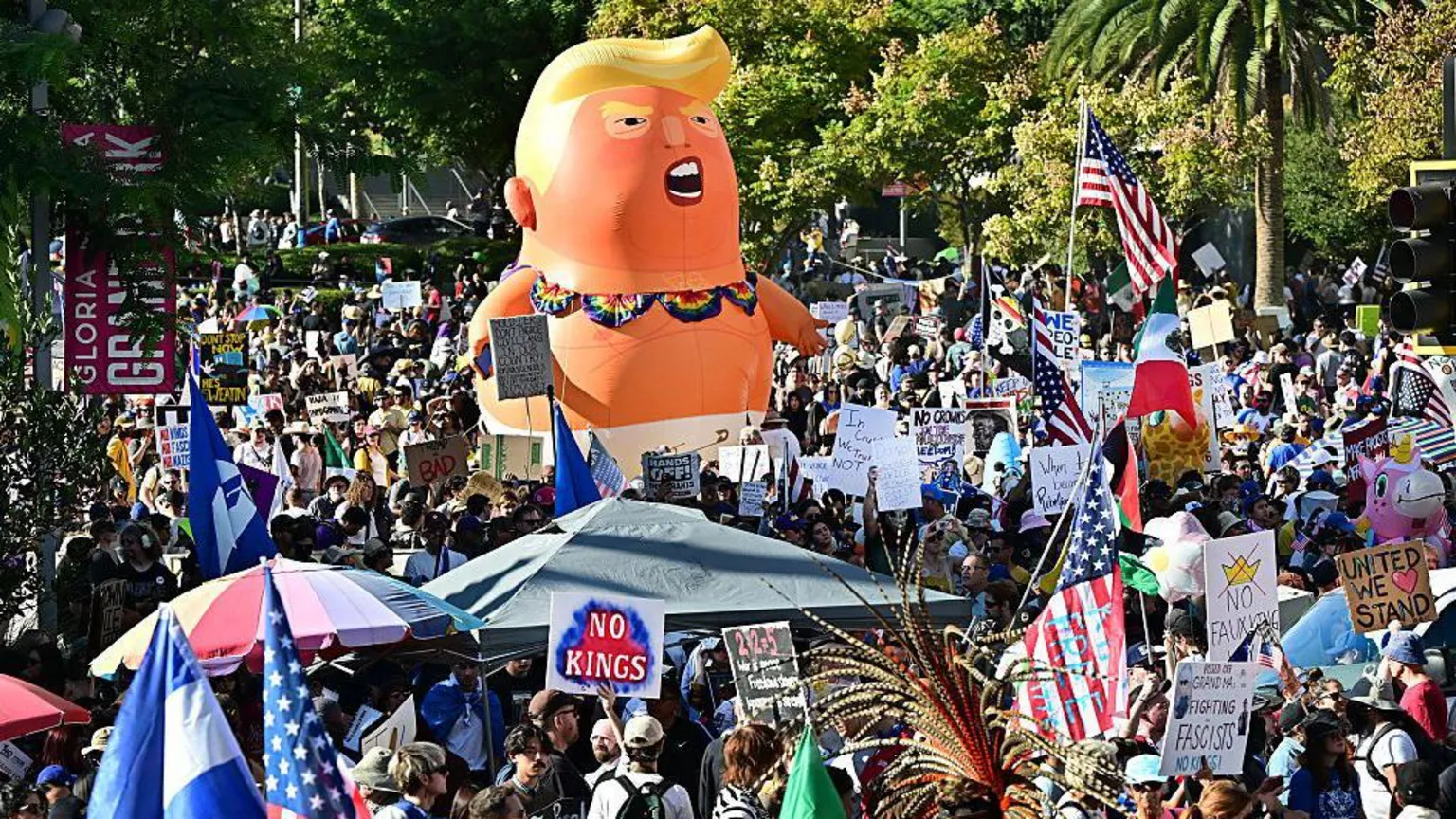



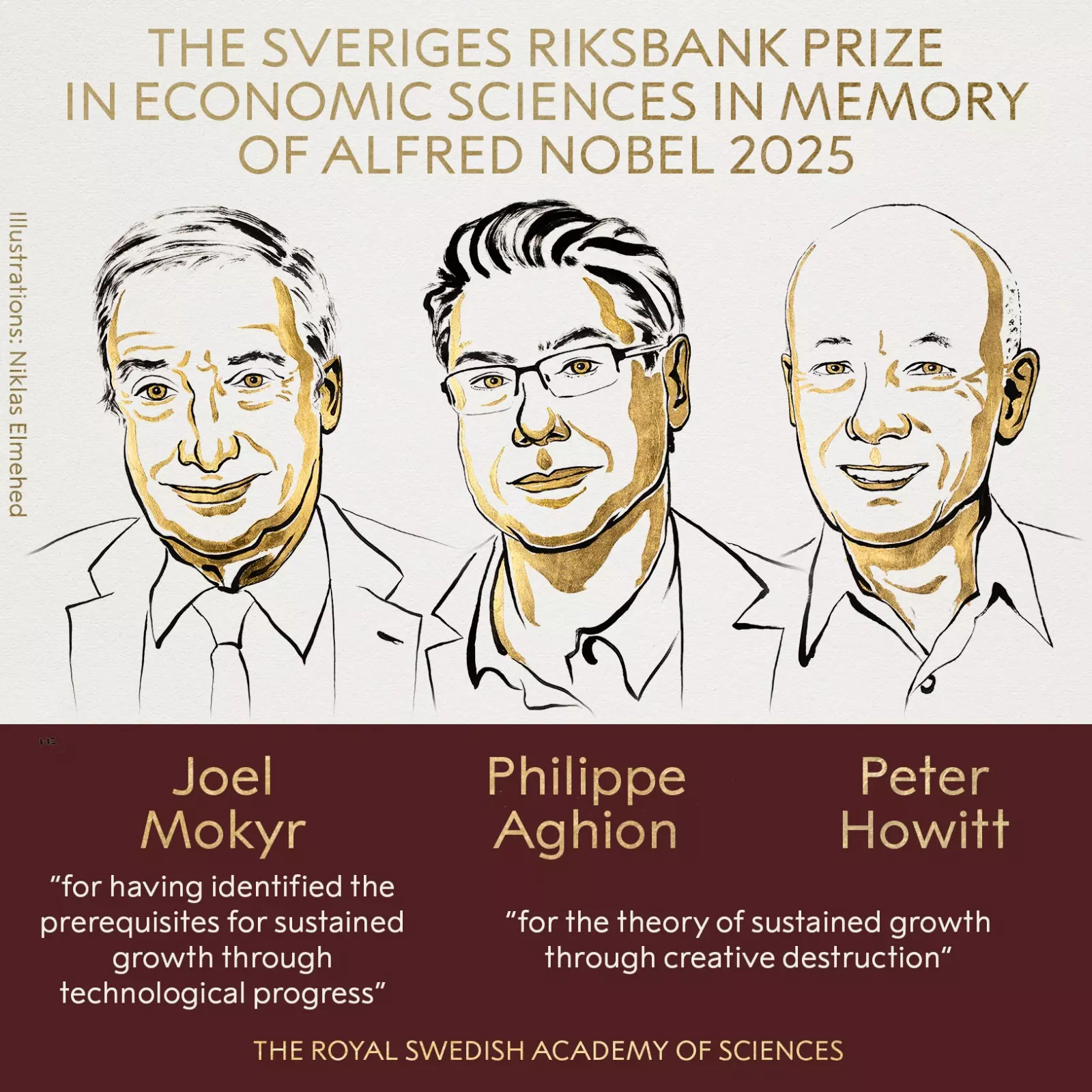
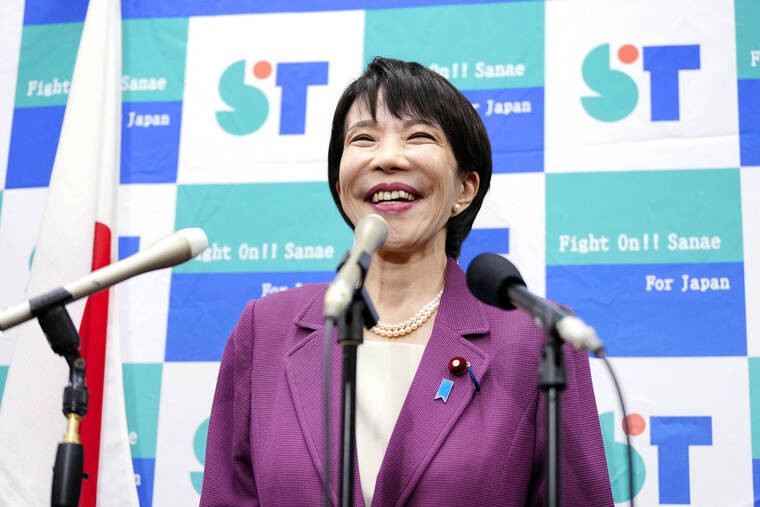

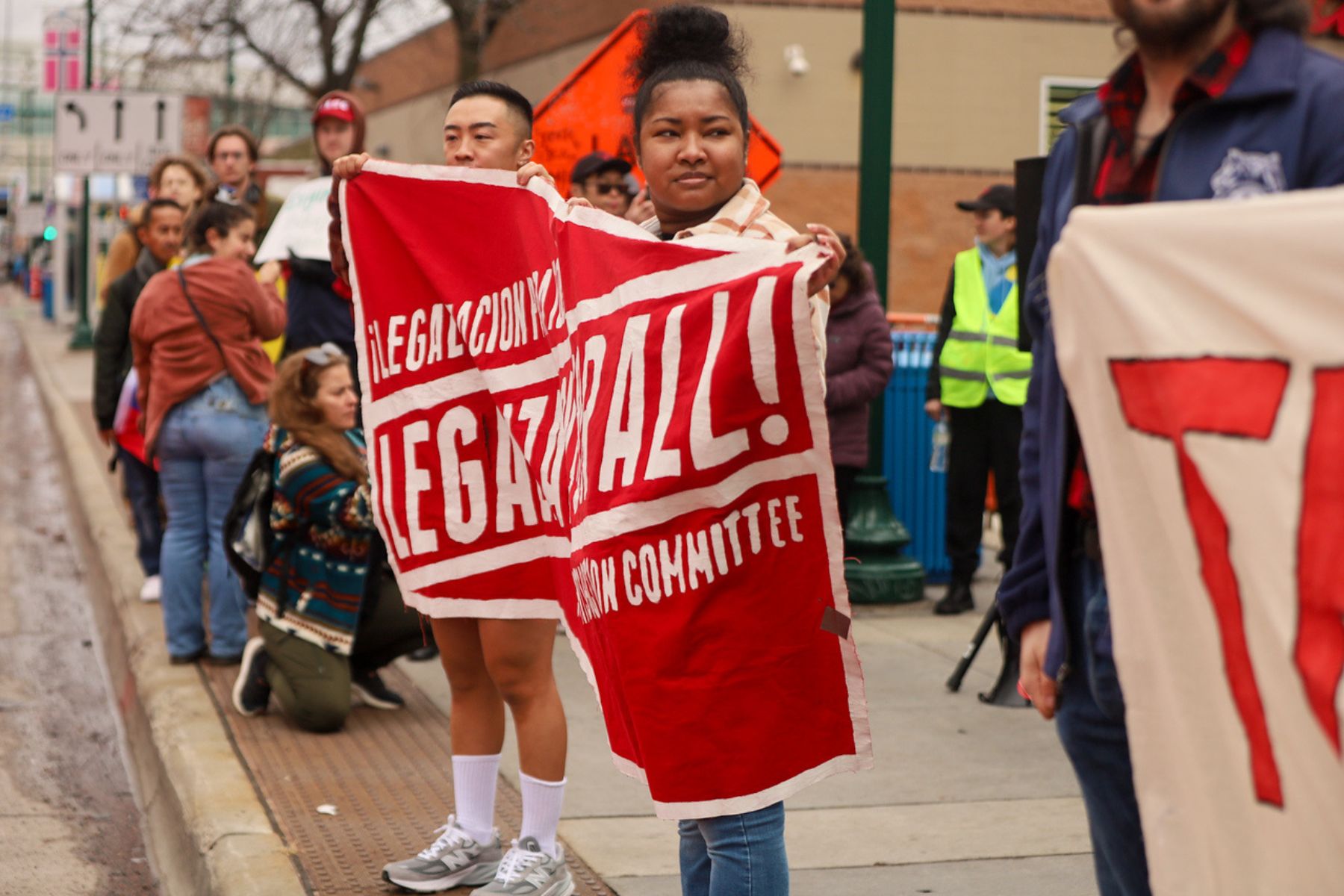
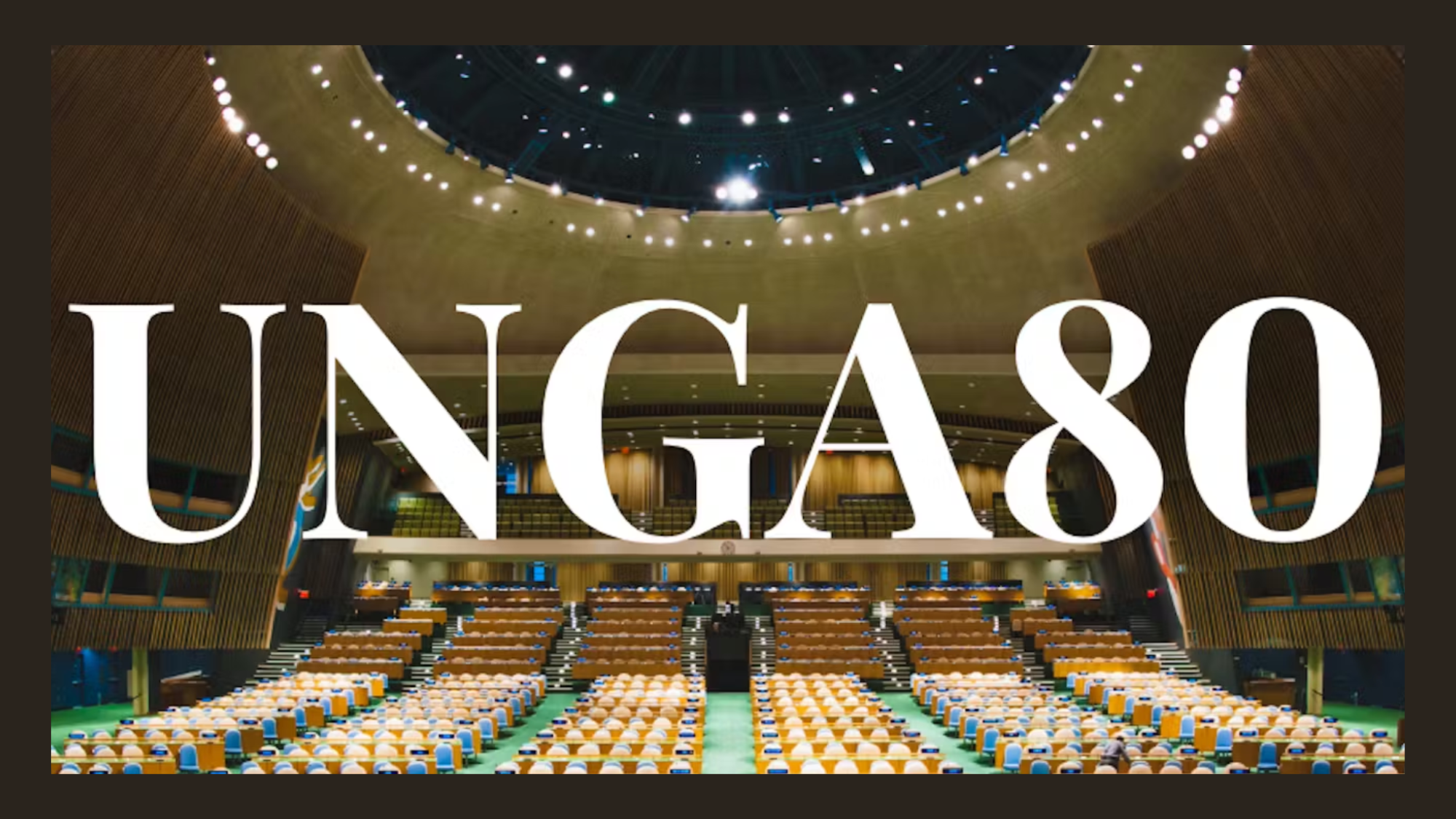



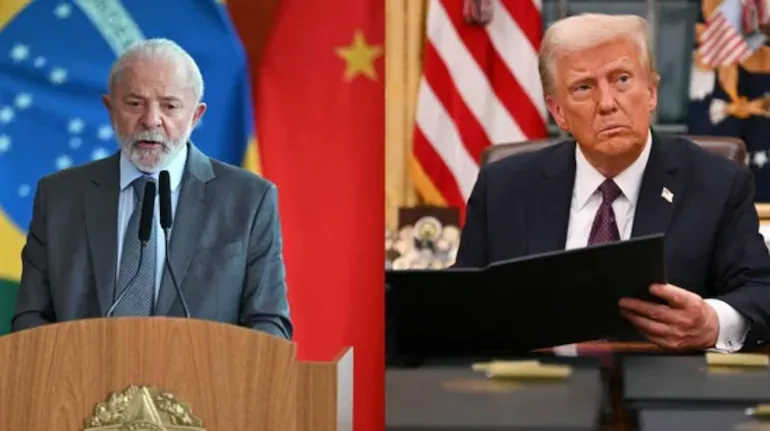

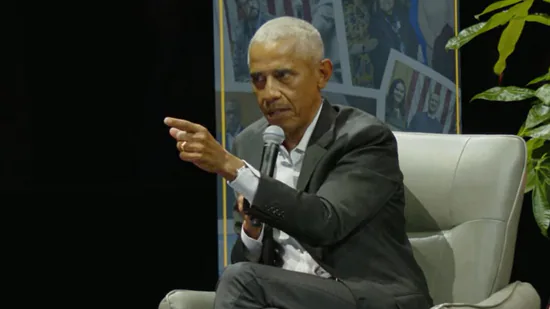


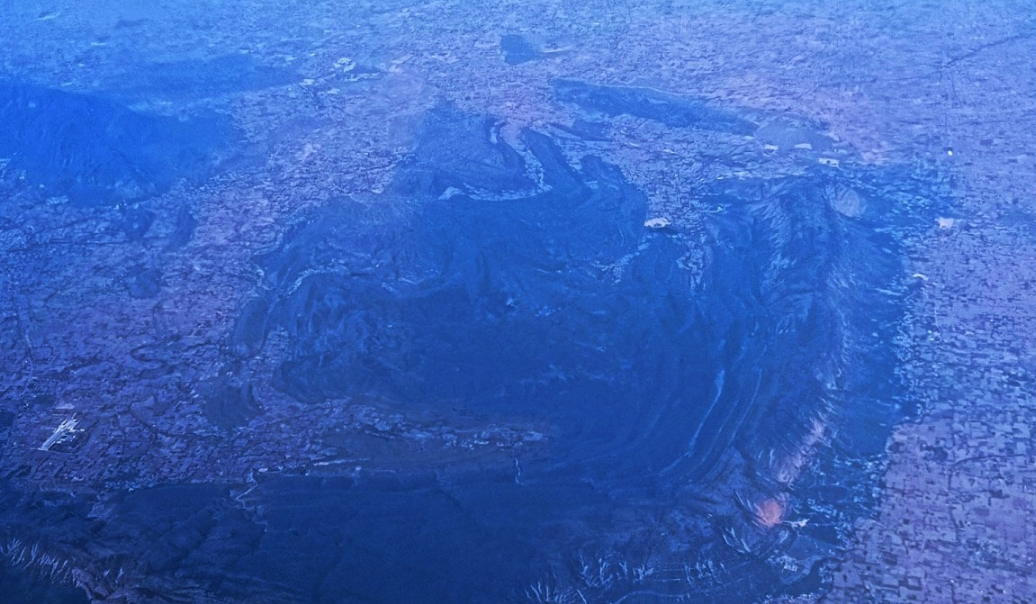
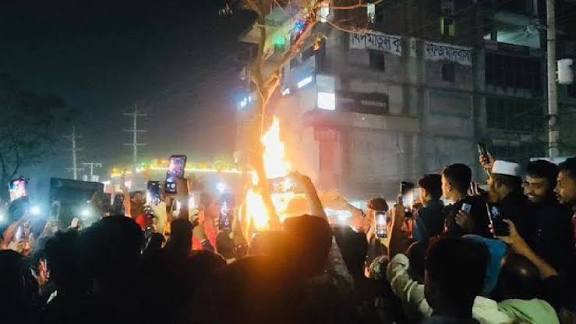
Leave a Reply